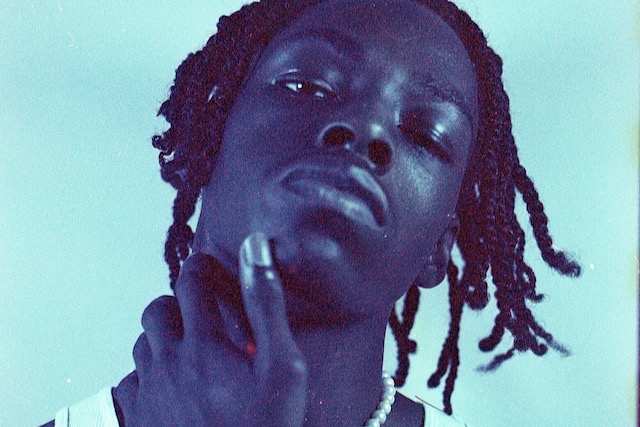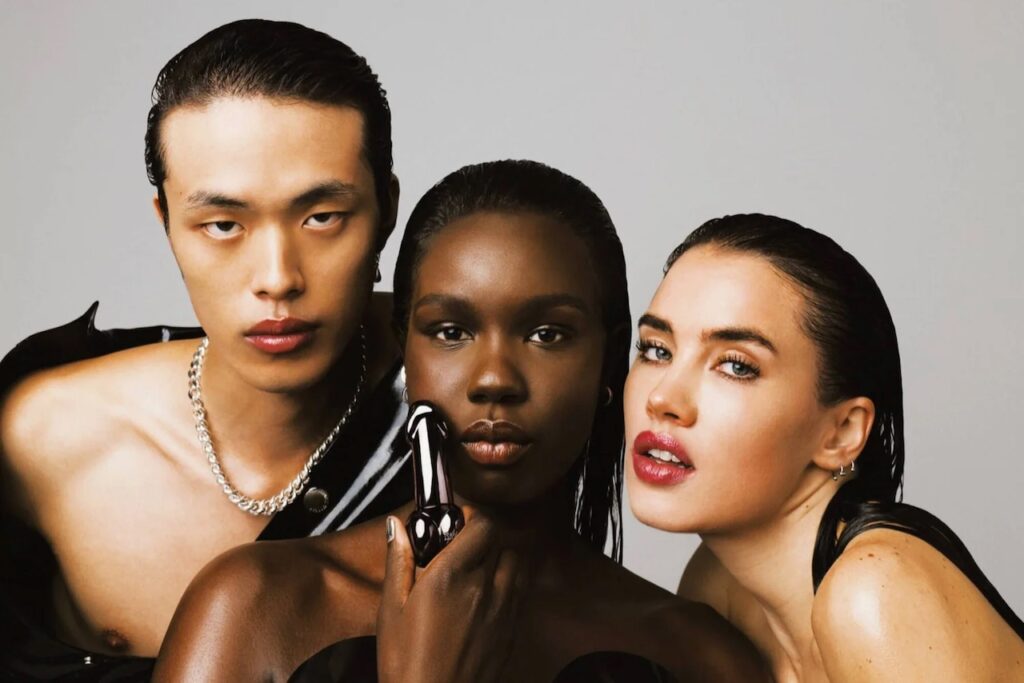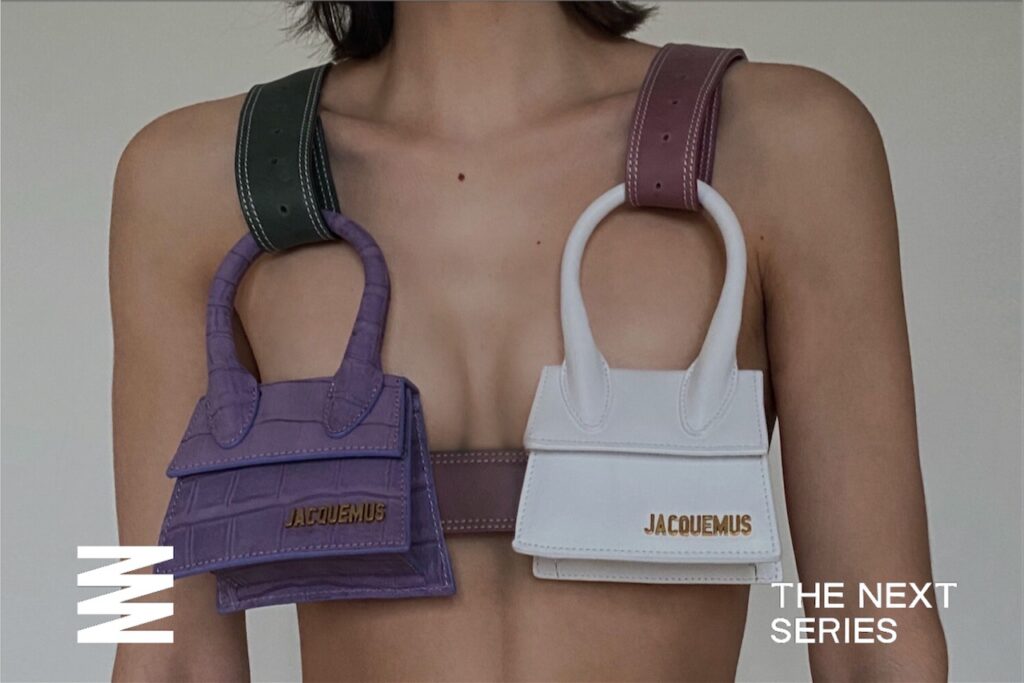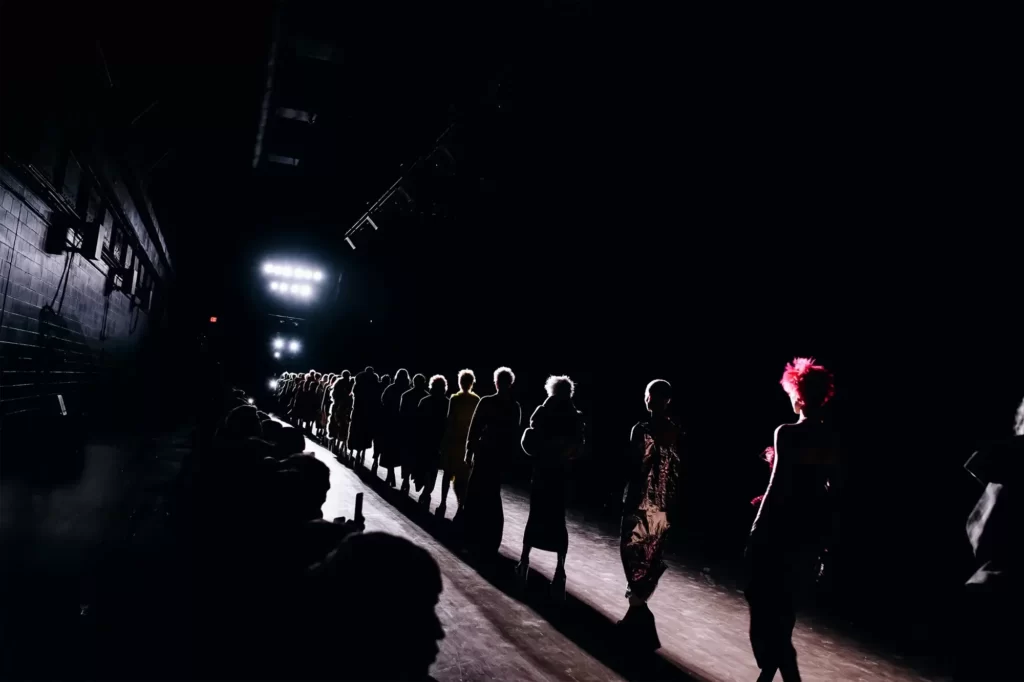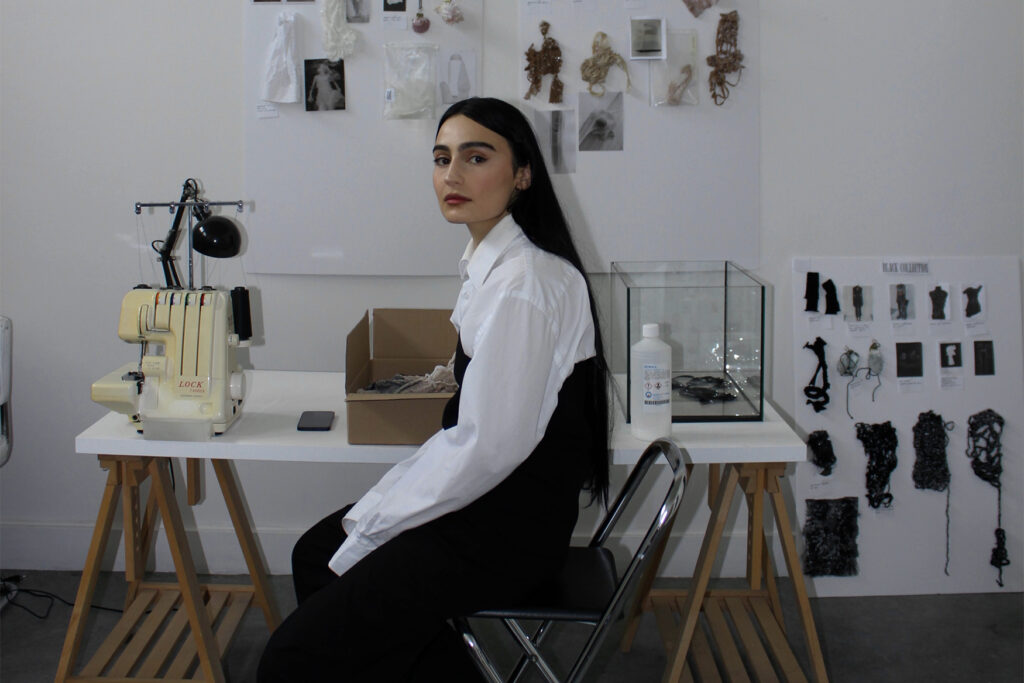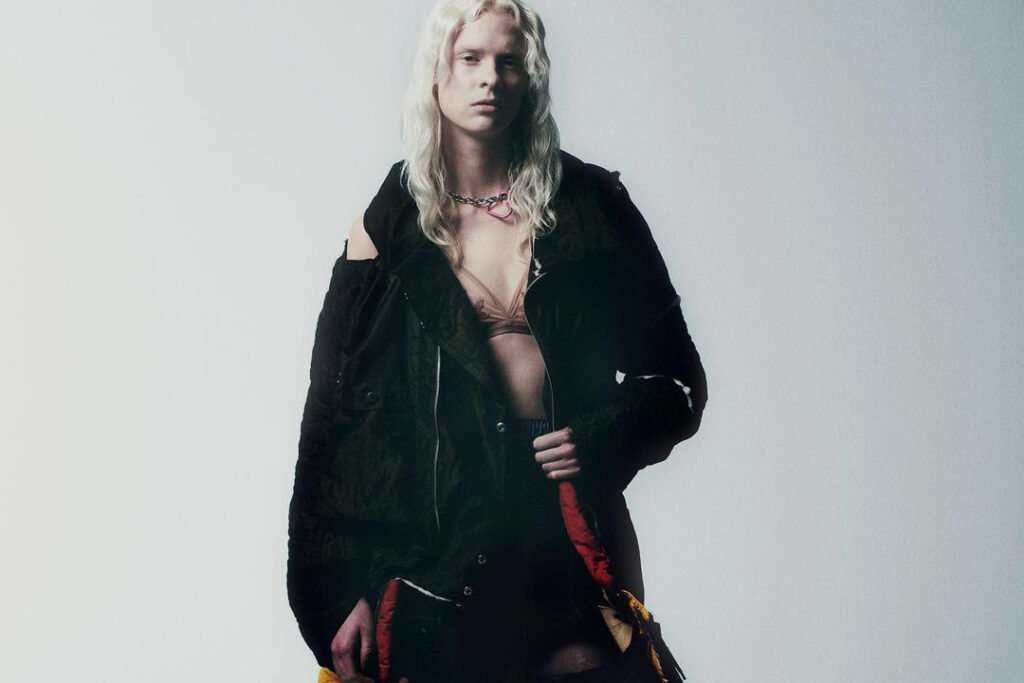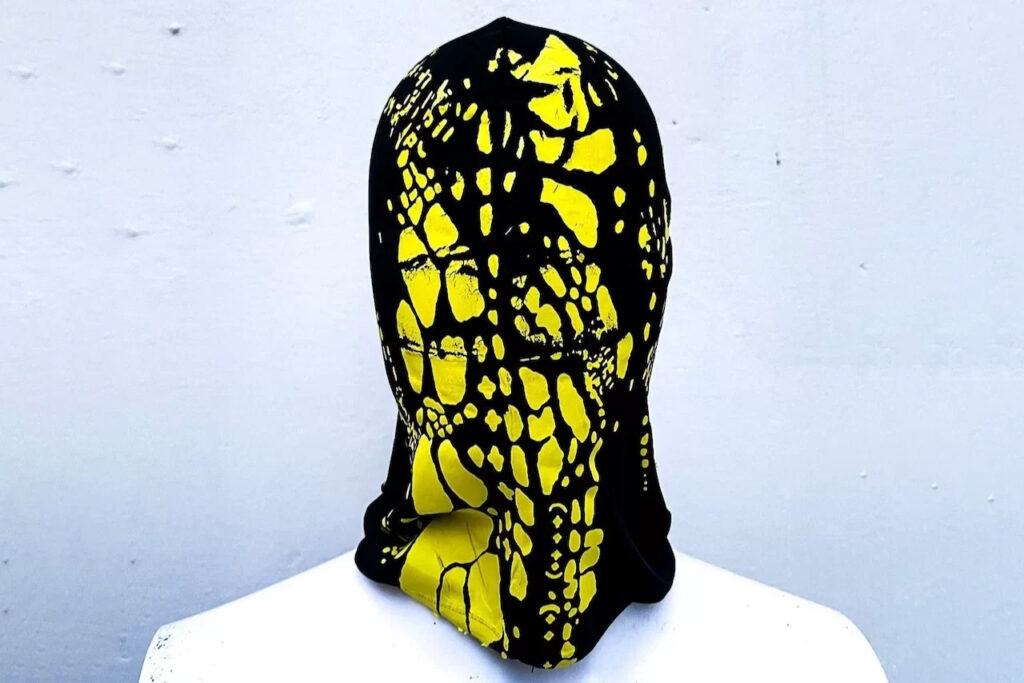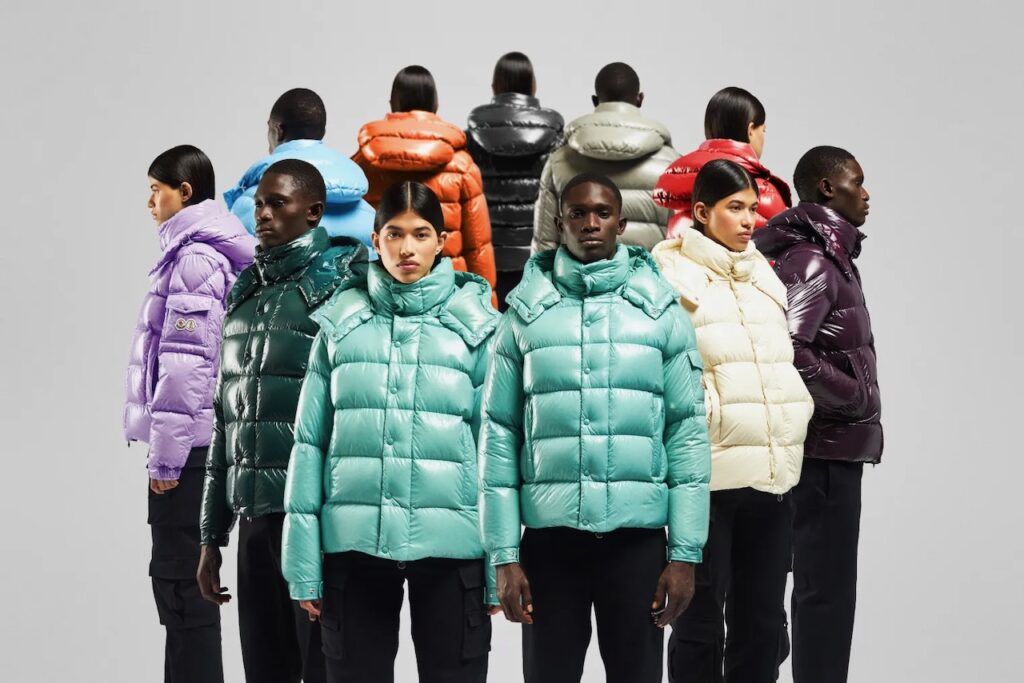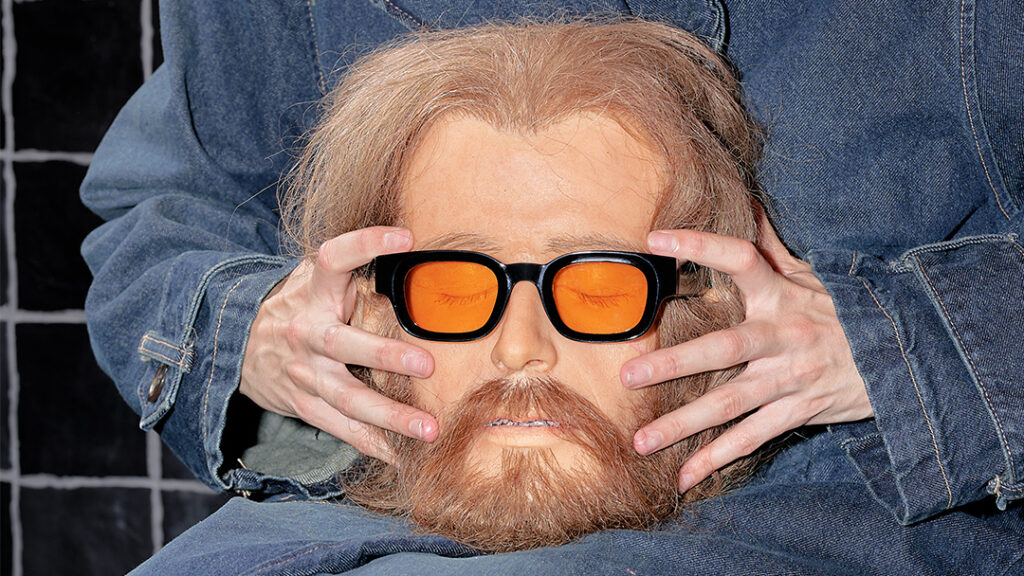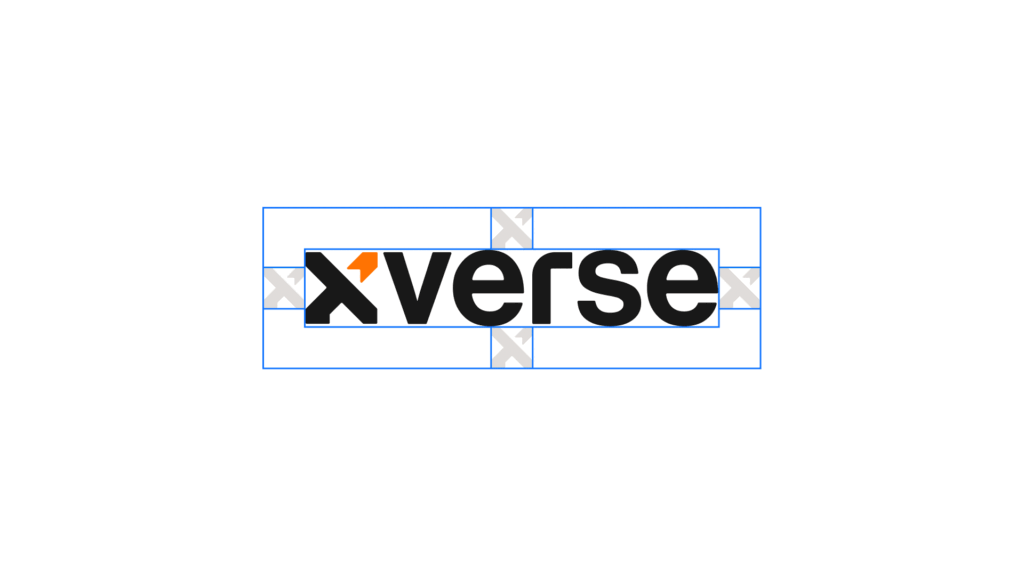Being a fashion designer is no easy feat nowadays. It requires talent, yes, but also resilience, determination, hard work, and the capacity to remain creative, hopeful, and empowered in the face of adversity. It also requires foresight regarding the craft, respect for its history, and a responsibility to shape its future.
And maybe, just maybe, there are certain questions that don’t necessarily come to mind when first exploring the profession of fashion designer. One tends to gravitate towards the confection of luscious garments and is perhaps less concerned with the roadblocks encountered outside of the creative process. What we mean is that there are certain external elements that can affect a designer’s work and psyche. And navigating these issues isn’t always simple.
Creative theft is alive and well, and more than one, more than two, and more than thousands of artists know what it’s like to work your ass off to create something stunning, only for it to be ripped off by a bigger corporation that has the means to have it on every shelf around the world by nest week. So how do designers of independent labels combat this? How do they protect their work against this happening?
It’s tricky when it comes to creative theft, the fine line between being inspired by something and copying it is blurry. In fact, oftentimes this line is miles apart depending on whose looking at it. Cultural appropriation VS cultural appreciation. Which is which, the eternal debate. I mean, is there really an original thought to be had left in this world? Aren’t we inevitably influenced by what we consume, experience, and witness? How do designers manage to make original pieces and ensure they do not appropriate anything?
We thought it best to go straight to the source to quench the thirst of our curiosity. And who better to enlighten our path than some of the most forward-thinking, talented fashion designers we could think of?
Welcome to TNC Talks Vol. 7: Fashion Designers VS Creative Theft.
Liza Keane
Director of Liza Keane
Fashion unlike other mediums is directly concerned with expression via the body. Not necessarily always artistic, it could be cultural expression, expression of personal taste, belonging to a group etc. In my case, I think I look at different ways to varying degrees externalise the psychology of the wearer, but I’m also interested in protecting/armouring the body. I guess that’s kind of more like a type of social signalling.
Fashion unlike other mediums is directly concerned with expression via the body.

Nothing is purely original. Fashion in particular is very self-referential. This isn’t necessarily a bad thing, but I agree can get nauseating when you’re in the midst of it. I think the best you can do is just make things you genuinely care about and want to see exist in the world. I don’t think guarding ideas/aesthetics is very progressive however that’s not to undermine the issue of cultural appropiation. I’ve personally not discovered any simple solution to it. I think common sense and care when applied genuinely to a problem like this is maybe the best approach. I’m aware this is a vague answer, but I think I treat this sort of thing quite case by case, I don’t really have a ready solution, to be honest .
As far as emerging designers getting their work copied by industry giants goes, I’ll say that it’s happened to me already and I’m only 4 months into my business after graduating. I made a story comparing my work and the big brand’s garments (and there have been more since) and that story was being seen a lot which kind of scared me as I didn’t want to be seen as a bitter little voice when just starting out, so I deleted that story within about 15-20 min. In hindsight, I don’t know if that was the right move or not, and I still don’t know how to protect work in that sense. These people have a lot more resources, so they are infinitely more “able” & protected in every sense. It’s not ideal but I guess I just try to stay positive and look forward and take things with a pinch of salt.

William Ampofo
Founder & Designer at CRUÈL
What characterizes the unique art in fashion is the human being, without the human being the garment is worth nothing. The human being without a garment is vulnerable, they need each other and thus they complement each other well. When combined you can communicate a lot through the human body by using certain fabrics, silhouettes, and cuts.
You can translate social, mental, and physical subjects through art in clothing. The feeling aroused when the human eye sees something attractive in a garment with a story cannot be compared to any other art form, clothing is an art in itself and cannot be compared to anything else.
The feeling aroused when the human eye sees something attractive in a garment with a story cannot be compared to any other art form.
A lot of fashion is not 100% original anymore but it is 100% innovative which means that it is always renewed and experimental. Being inspired by the past is only a good thing because this gives it a chance to make it better for the future with an experimental twist which can make it futuristic and sustainable. Opening a renaissance of fashion by its decades opens new doors for new genres within fashion, because if you mix the old with the new, just imagine what you can create, which makes the idea of new originally exciting.
Finding a balance between appreciation and appropriation is always a challenge, because there is a fine line between the two. The only way to do this properly is when you as a fashion designer are communicating from an “I” perspective, communicated word. If you put the story on yourself, with self-experience, chances are you won’t hurt anyone. Through this, people can start to find something in your experience of the story that they may have experienced too, then they will see the dedicated value in the clothing, through this you create cultural appreciation and less likely cultural appropriation.
As a designer you should not be afraid if other industry giants copy your work, just do you and if it happens, it’s a good thing. That means that you are doing something innovative that catch’s the eye of others. Because you are the creator of the work you know the receipt, so just keep going and fine-tune your work, believe, work and market it in the right way and you will grow and see results.
Express yourself, be CRUÈL.
David and Daniel Megias Warburton
Founders at WARBURTON
Fashion is a form of art in motion, and that could express different feelings depending on who’s wearing it.
Obviously, as a designer when you are working on the collection you are working under the idea of one or different concepts that you adapt to your world and present it in the context you have been working on. But what’s fun about this industry is how will people react to your collection once they style it, maybe it’s very different from how you present it and it might even express something very different from what your presentation expressed, but that’s fashion and we enjoy it. All of the different organic movements of the human anatomy, you can adapt forms to those movements and make unique pieces.
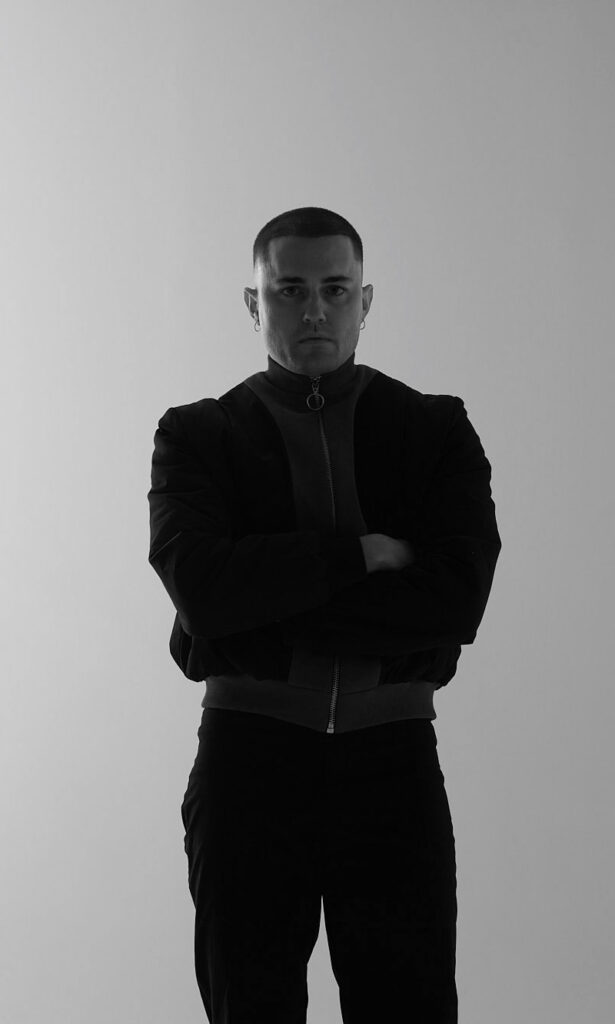
I personally think fashion is 100% original, and it will always be, what we normally tend to do is bring back old ideas and adapt them to the times we are living in. So even though the ideas might not be new, the way in which they’re adapted to the world we are living in currently is, and that makes it unique because we won’t ever live this moment again.
The difference between cultural appropriation and appreciation will all depend on how you respect that cultural inspiration. How you treat the context and how you make people know it wasn’t something you came up with, but rather something it was there before and you used it as inspiration.
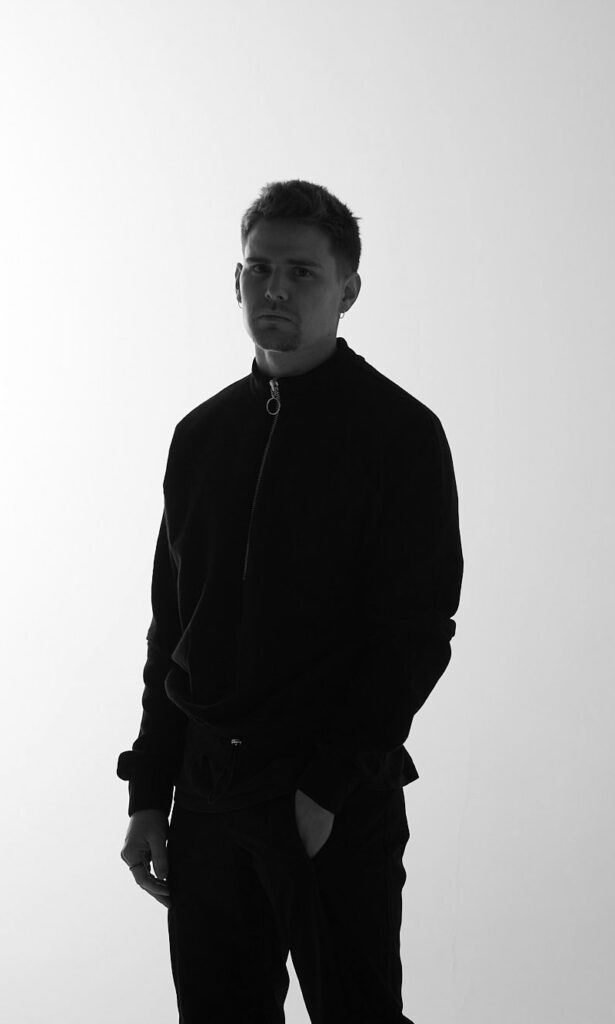
All the different organic movements of the human anatomy, you can adapt forms to those movements and make unique pieces.
You can’t really control if your brand gets copied or not. But if you as a brand, have a clear conversation and everything that contains your world that eventually will be adapted to the concepts you choose to design your collection there will always be a pattern that will identify you, so you will be able to continue with that conversation during the years while the giants from the industry won’t ever have that background since it’s not a part of their identity.
They will be speaking for you basically, that’s how we see it.
Marianna Rosati
Creative Director at DROMe
Fashion has always been a very strong form of communication for every individual, something you choose for yourself and something you can be in control of. From its evolutions and revolutions, we can notice a strong reflection of times and society, in my opinion, this is a strong characteristic for fashion to be considered an art form. Art can be a powerful way of expressing what words fall short in expressing, it is a way to create images and generate emotions that tend to provoke thoughts and reflections on a chosen matter, in a particular time in history, as a mirror of what humanity is going through.
Fashion is in a way part of this mechanism, and is influenced by history but at the same time it has a strong influence itself on the communities and it is strongly intertwined with all forms of expression such as art, music, theatre and so on.
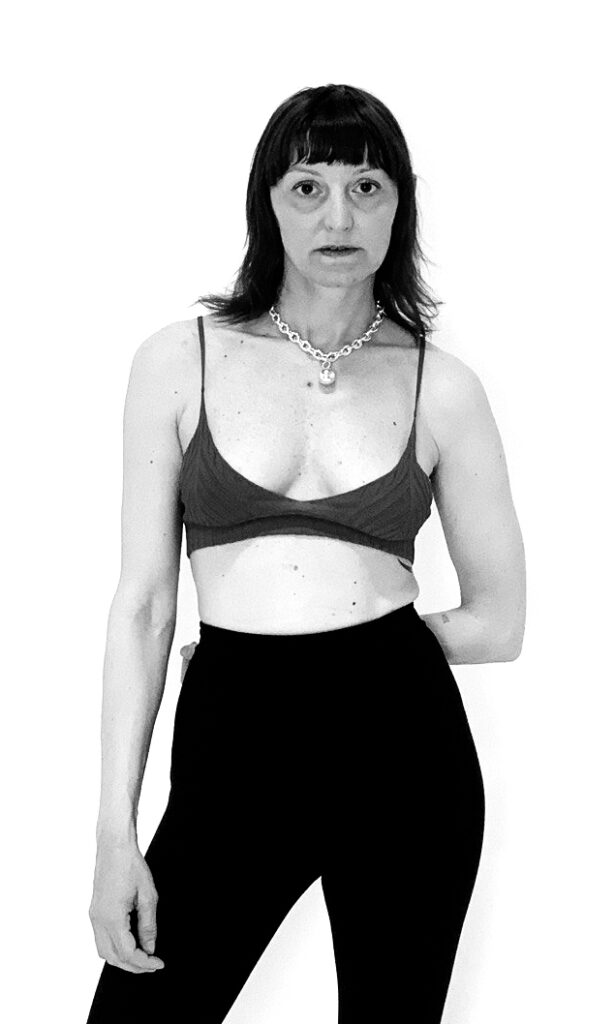
The Human body is a natural canvas, it is a living canvas, it interacts with what it wears, it gives it life , and it gives attitude.
The Human body is a natural canvas, it is a living canvas, it interacts with what it wears, it gives it life, and it gives attitude. The relationship between a “garment” and the body is a give and take and can find very powerful outcomes. The human body, each human body interprets an outfit pouring into it a personality, a soul, and this will always be different from person to person. This to me is very fascinating.
I think what’s important, is being honest with the work we are doing, being respectful of the inspirations that drive us, taking from them the essence that has captured our attention and transforming this essence in something with a new value, a new life. Celebrating this influence and not just reproducing it. Inspirations are key to fashion, but respecting the roots of what inspires us and understanding where it comes from is now more important than ever.
I’m always at peace with what I design. I’m aware that we live a way of communicating fashion in which an exclusivity is no longer an option, secrecy even less. We are straight away in the eye of the entire audience, what we do is right out there from the very moment you decide to unveil it. There is no way to protect it, I think. The only way to be sure it will be in some way unique, is to give to your designs something so full of identity, so strong, that its soul cannot be replicated.
There is another important point to this conversation: creating a sense of community and belonging around the brand, believing in values and being honest with them gives the design a higher value and makes the designs strongly unique. Naturally, this does not stop brands from copying each other constantly, young designers are often the victims of the mechanism. If it happens, it depends on how it happens and how it affects the designer, but if someone thinks it was worth copying a specific design this means that particular design was a very good intuition. It is a good point to keep in mind to win on the rage against those who copied your designs.
